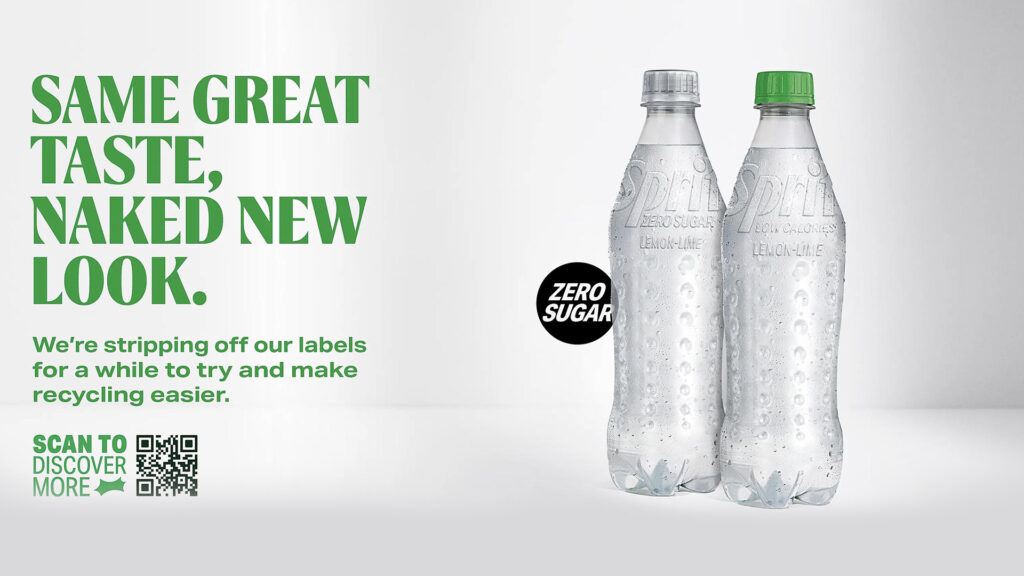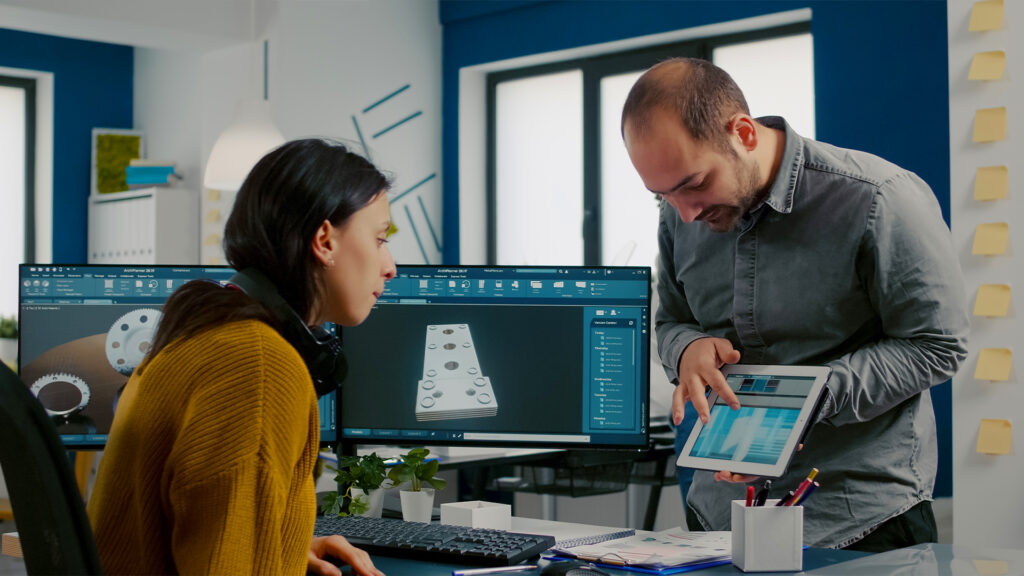As a designer, I believe that many of us have been receiving challenging tasks to design for sustainability that fit within reasonable costs and meet the production timeline. Whether for packaging design, event design, web design, furniture design, or video production. Oftentimes, the designer’s role is perceived during the execution stage. If you have had the opportunity to follow along throughout the project, from the design stage to the end product result. You may realise that waste management is one of the challenges that has yet to be resolved. So, let’s take a step back and relook at the real issue. What are some sustainable actions we can take to make things better?
Here are some considerations:
Embracing sustainable materials
Consumers are increasingly seeking out sustainable products or packaging from brands than ever. Choosing sustainable materials for your design is no longer good to have but a responsibility for designers. Therefore, designers need to be environmentally conscious and continuously apply the life cycle thinking approach when tackling the brief. To me, FSC-certified materials will be one of the sustainable material options that come to mind. Not only are we contributing to the preservation of healthy forests, but we also help support ethical practices and enhance the brand image.

Talking about diversity and inclusive design
It’s important for designers to understand what is required in the brief. Who is the target audience, and what do they need? But the brief can only inspire designers as far as it is. Sometimes the brief can have blind spots. As a designer, meeting the brief’s objectives is great. It’s an expectation. It’s our responsibility to kick-start the conversation on diversity and inclusive design and put it into real practice. Take a look at “This Ables” campaign from IKEA, which has successfully designed furniture for better lives and improved accessibility for everyone, regardless of gender, age, or disability.
Back to basics
Less is more. Minimalist design is another approach that designers can keep in mind when planning their designs. Designing for long-lasting functionality and prioritising what’s necessary can help reduce waste to the environment. Take “Label-less” from Coca-Cola as an example. Consumers are being invited to try out the limited design, which has temporarily substituted their label with an embossed logo on their bottles. Not only do they reduce packaging material usage and simplify the recycling process, but they also allow the product to speak for itself and test the strength of consumers’ recognition as well.

Improving the design through collaboration and partnership
Understanding your target audience and who you design for is important, but working/designing together with your target audience can enrich the result. Once the real problem is identified, it is much more efficient to find partners to collaborate with. Another benefit of collaboration is that designers work together with partners to reduce waste from production by offering digital prototyping before mass production.

In conclusion
Designers can definitely play a crucial role in shaping the brief and providing more sustainable solutions. Even small design choices can have a ripple effect, leading to positive change. So, we need to keep an eye out for sustainability trends and continue to inspire the industry to design for a sustainable future.






